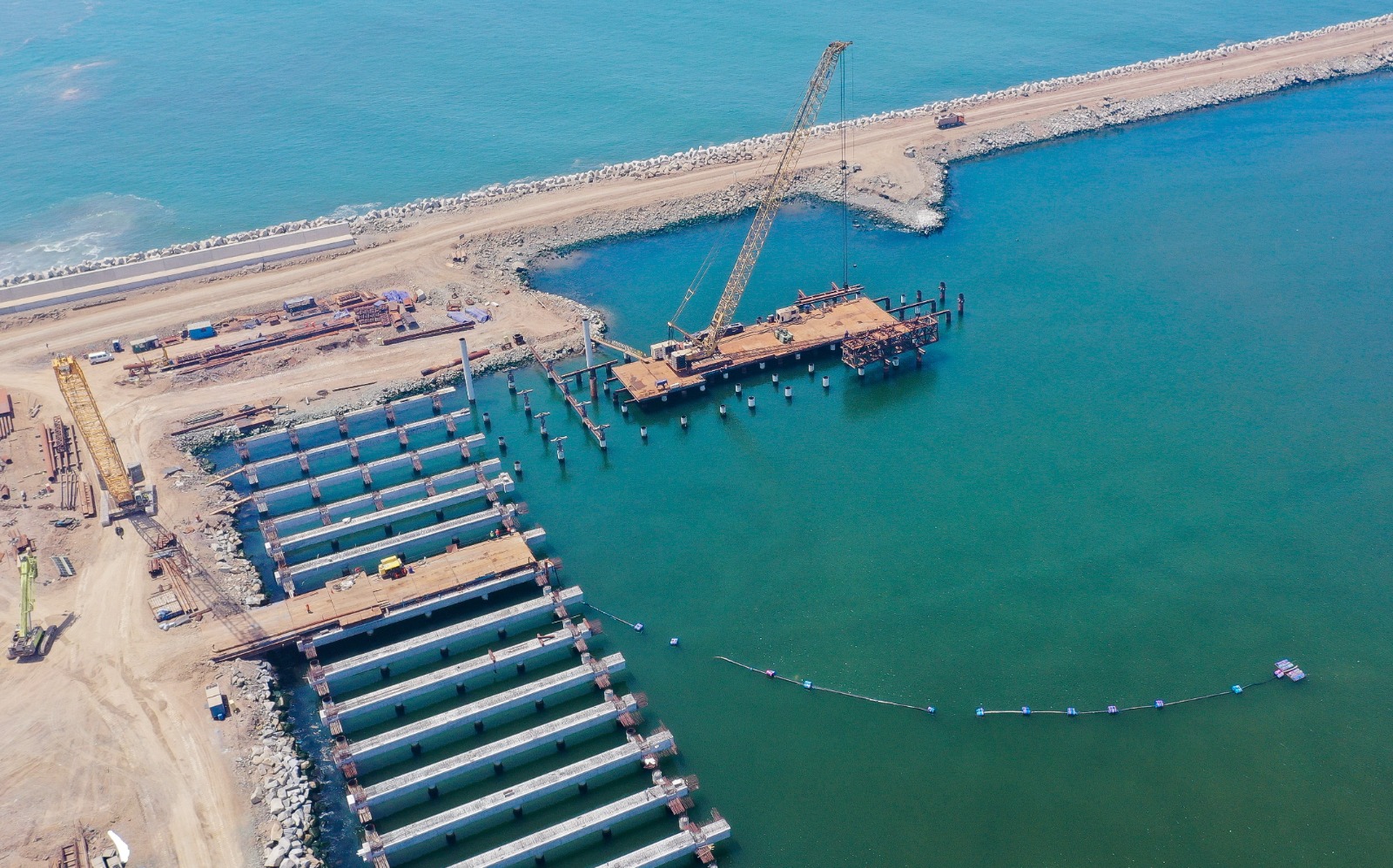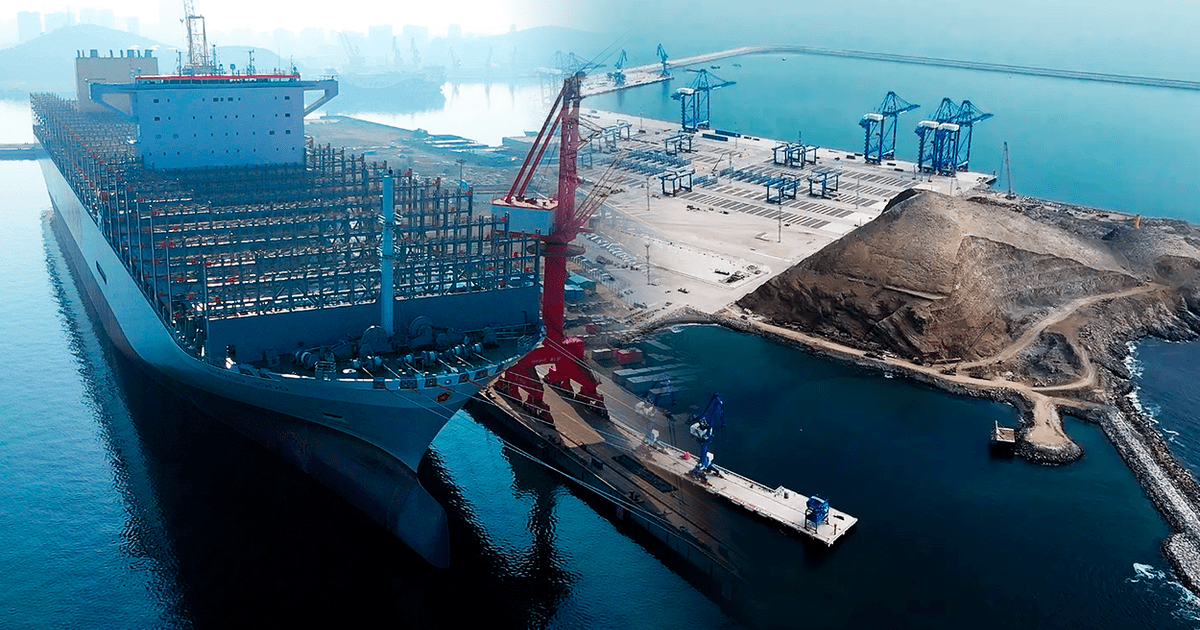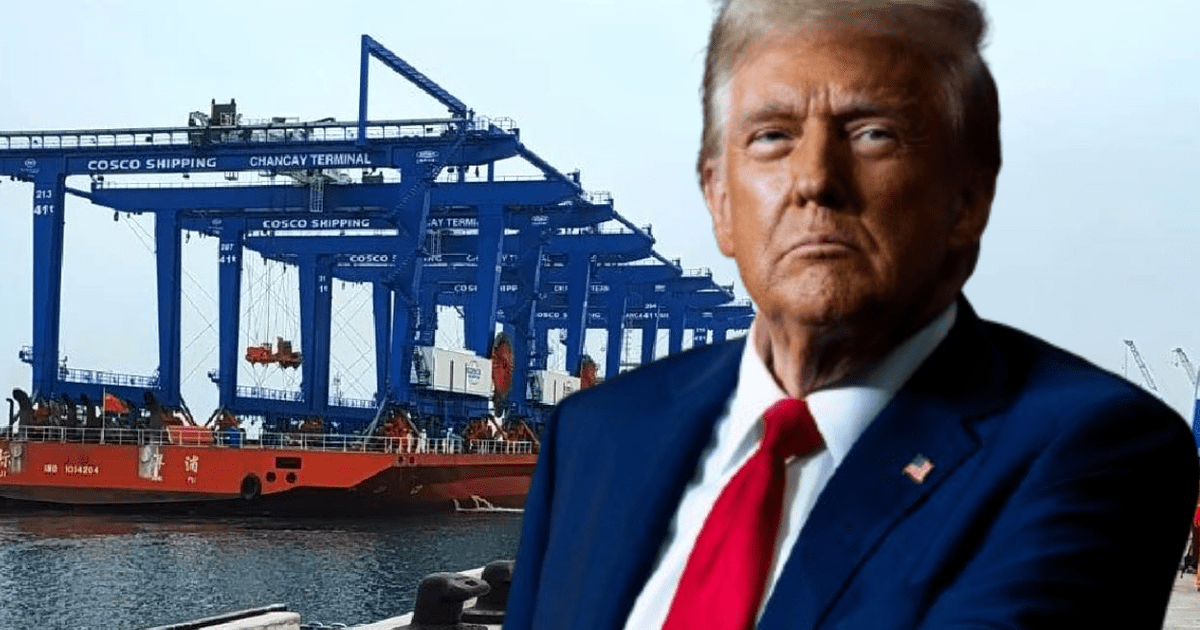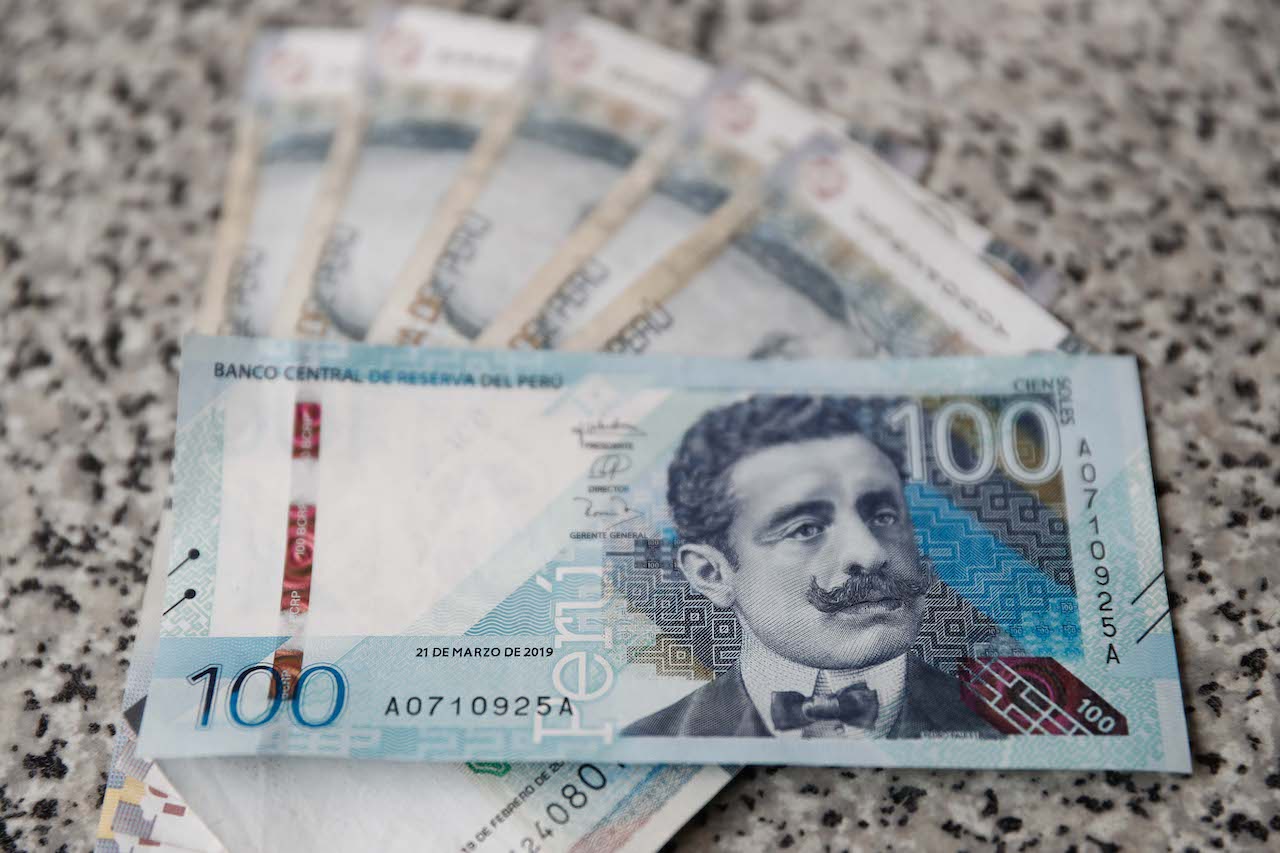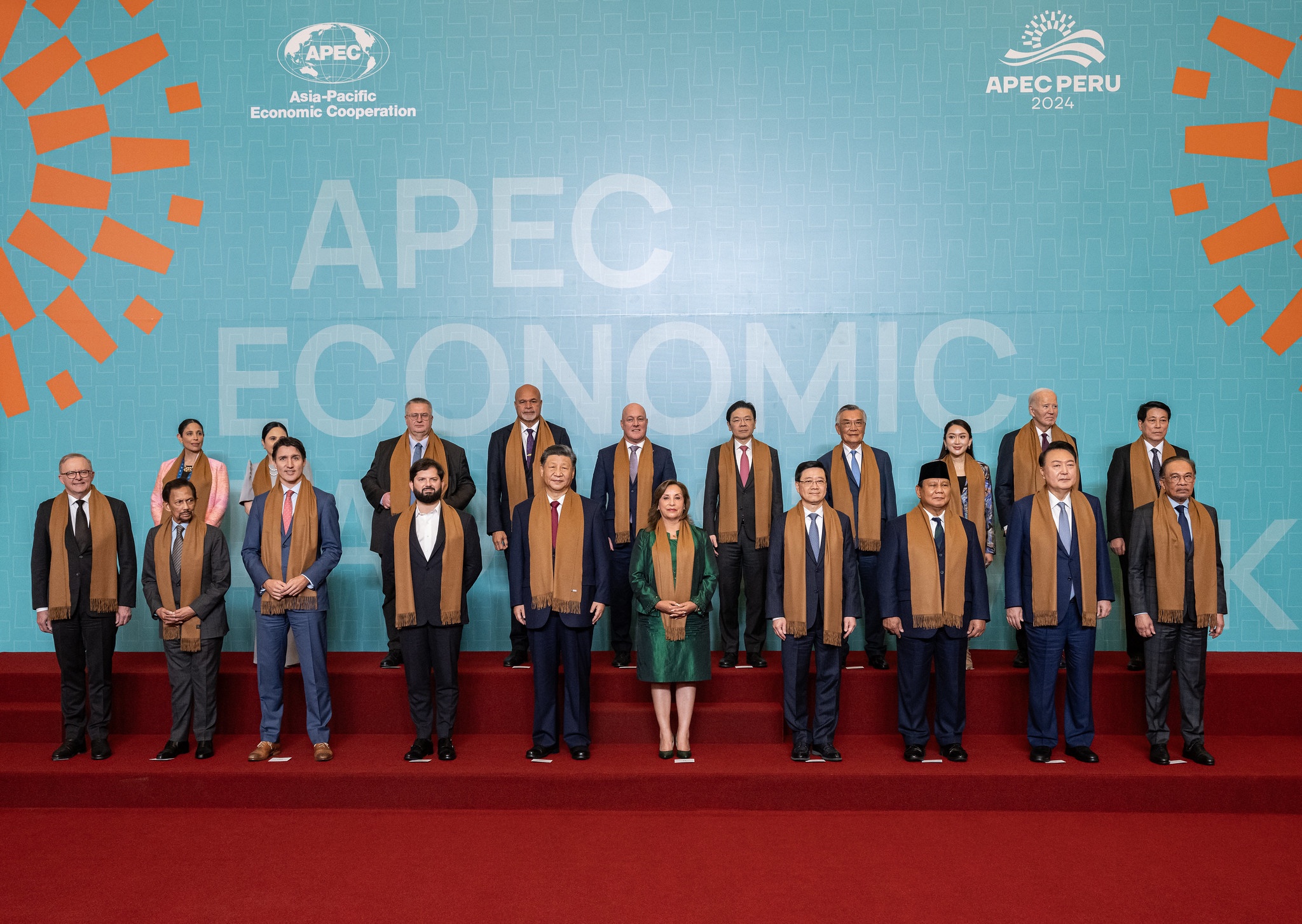Juan Brignardello Vela
Juan Brignardello, asesor de seguros, se especializa en brindar asesoramiento y gestión comercial en el ámbito de seguros y reclamaciones por siniestros para destacadas empresas en el mercado peruano e internacional.


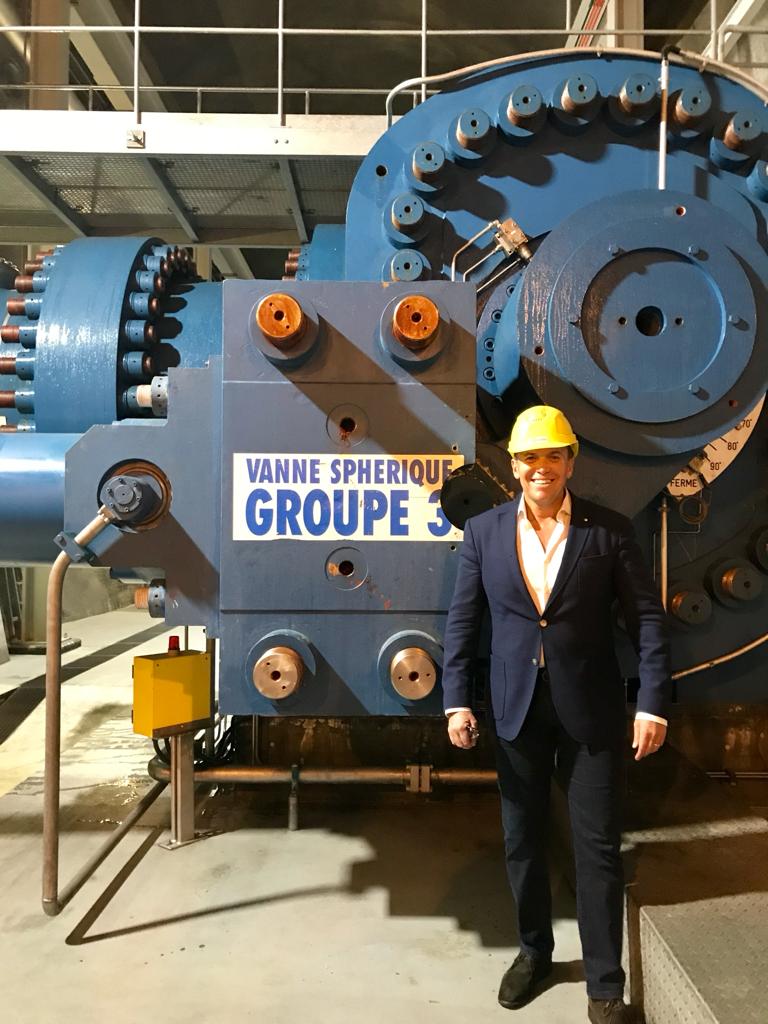
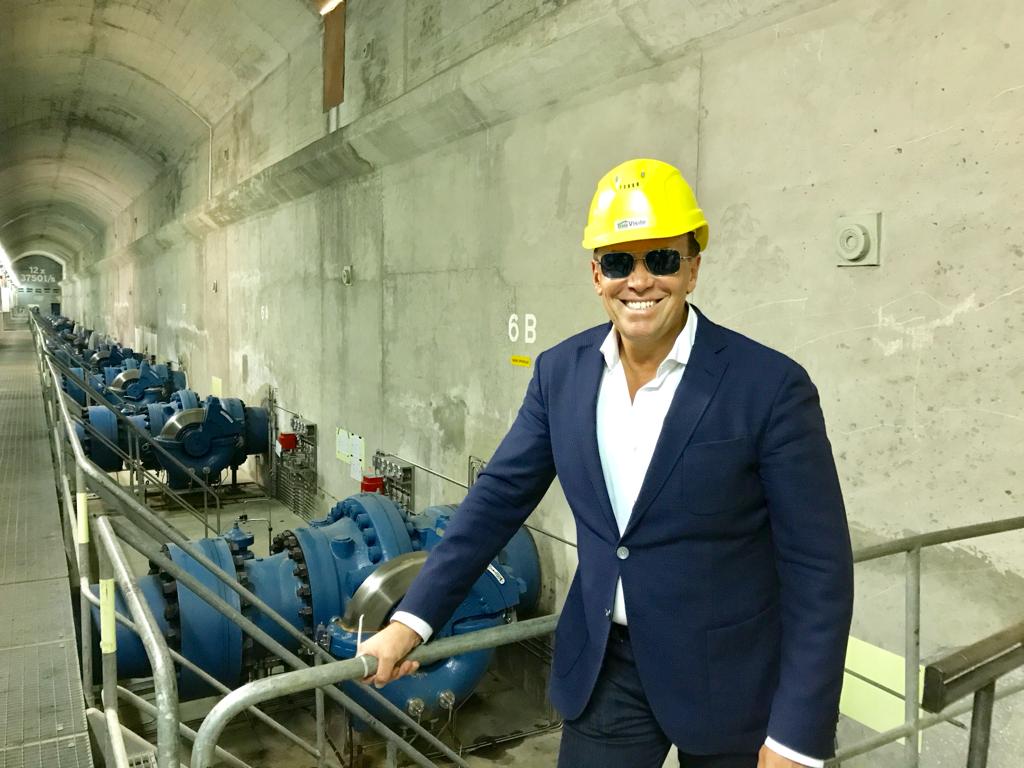
The construction of the Port of Chancay is presented as one of the most ambitious projects of the Peruvian government in its effort to position the country as a key player in international trade. However, the reality surrounding this megaproject is complex and marked by a climate of social discontent, national strikes, and growing distrust towards the authorities. Between the promise of modernization and the challenges faced by the local population, there arises a need for a more comprehensive approach that considers not only economic development but also the well-being of the community. The project, which promises a multipurpose port with a container terminal and the capacity to handle large volumes of goods, is seen by many as an opportunity to transform Chancay into a strategically important logistics hub. However, this optimistic vision clashes with the harsh reality of a crisis-stricken environment, where schools are closing and extortion is a constant issue. The president has chosen to present a positive image, but the citizens feel ignored. The anticipated economic benefits are undeniable. The generation of jobs, both direct and indirect, and the diversification of trade routes promise a more prosperous future for the region. However, these expectations must be accompanied by a critical analysis of how this transformation will be managed. The pressing question is whether this investment will truly be used to develop an urban model that benefits the residents of Chancay. Environmental impact is another fundamental concern. Although it is expected that the risks associated with the port will be mitigated, fear persists among the population. Will necessary measures be taken to preserve the coastal ecosystem and prevent port activities from destroying the natural environment? This is a matter that deserves serious attention, as the future of the port should not be at odds with the health of the environment. Furthermore, the social issues that may arise around a port cannot be minimized. The exploitation and vulnerability of the residents, especially in an area where alcohol and drug consumption may increase, are aspects that must be addressed from the outset of the project. The construction of the port cannot become an excuse to neglect the safety and well-being of the local population. It is crucial that citizens, along with their authorities, demand to be an active part of the development process. The construction of the port should not be seen as merely an economic opportunity, but as a catalyst to transform Chancay and its surroundings into model cities. Infrastructure must be designed for people, prioritizing road safety and the quality of life of the inhabitants. One of the most promising aspects that the port could generate is the potential to boost tourism and the local economy. However, to seize this opportunity, it is essential that policies favoring balanced and sustainable development are implemented. Chancay should not become the backyard of a port that only seeks to maximize profits, but should be an integral part of a project that considers the well-being of its inhabitants. The vision of turning Chancay into a model of urban and territorial development is ambitious but feasible if approached with the seriousness and commitment it deserves. Community participation in the planning and execution of projects is fundamental to ensure that their voices are heard. Only then can we prevent the promise of a prosperous future from becoming an illusion that does not benefit those who truly inhabit the area. In this context, it is vital that both the government and investors understand that their responsibility does not end with the construction of the port. They must commit to generating a positive impact that transcends economic factors and fosters harmonious coexistence between development and the needs of the local population. Chancay has the potential to be a development hub, but this can only be achieved if its citizens are seen as an essential part of this process. The opportunity to build a better future is in the hands of everyone, and it is time for the community's voice to resonate strongly.
Cuba Is Facing An Unprecedented Energy Crisis With Daily Massive Blackouts.

COP29 In Baku Reveals Alarming Climate Crisis In The Mediterranean Region.

"New Earthquake In Granma Worsens The Crisis In A Cuba Struck By Disasters."

